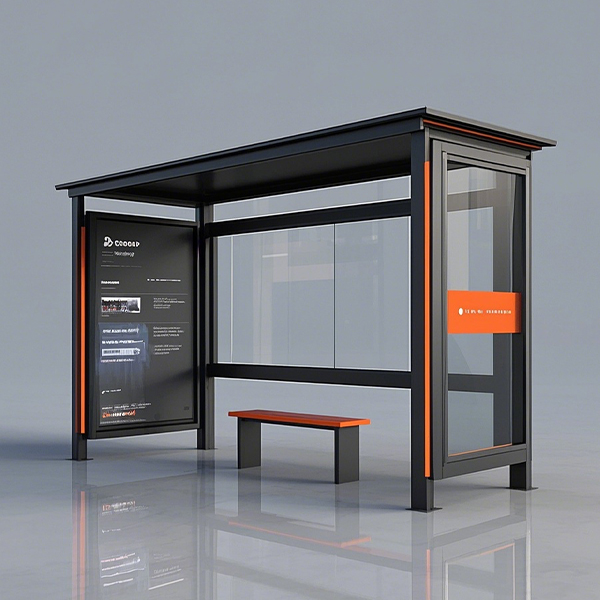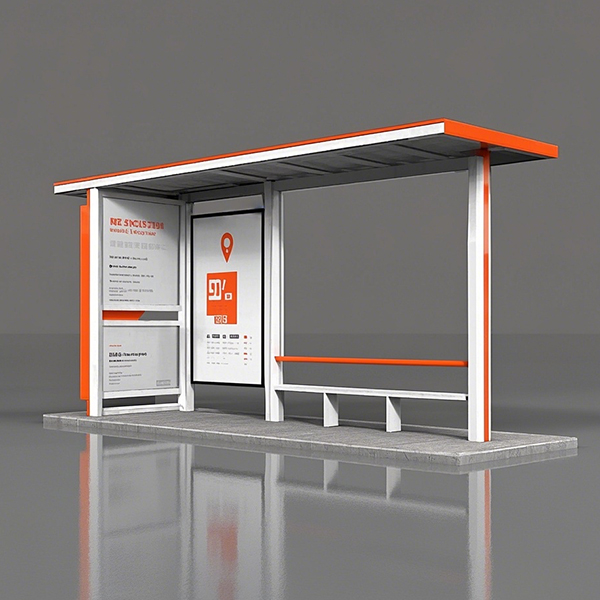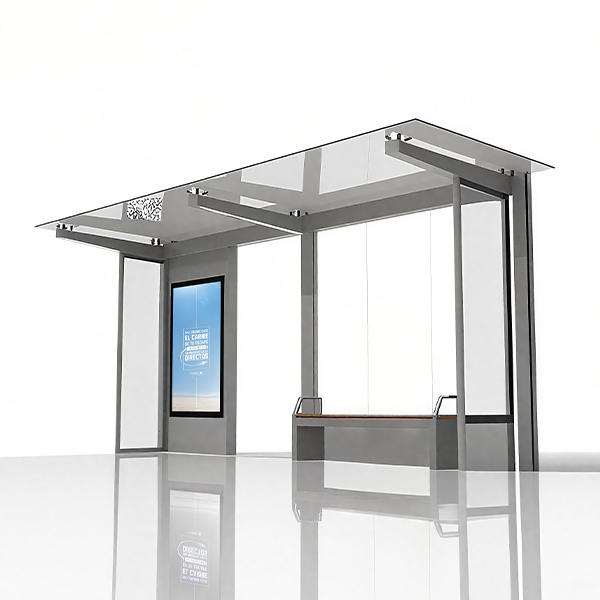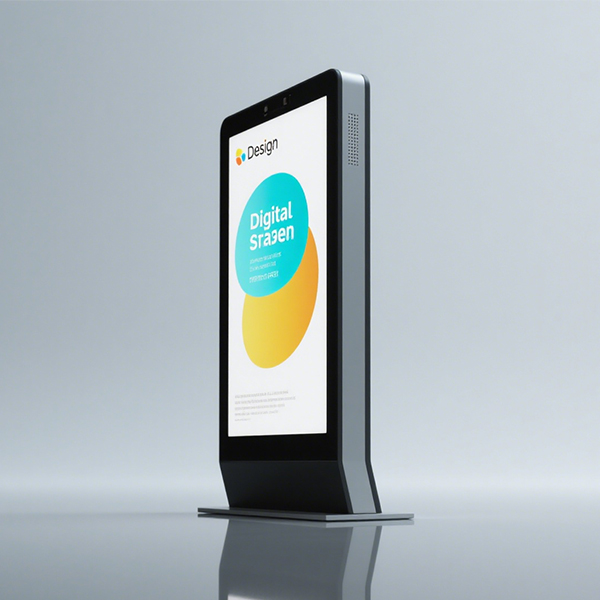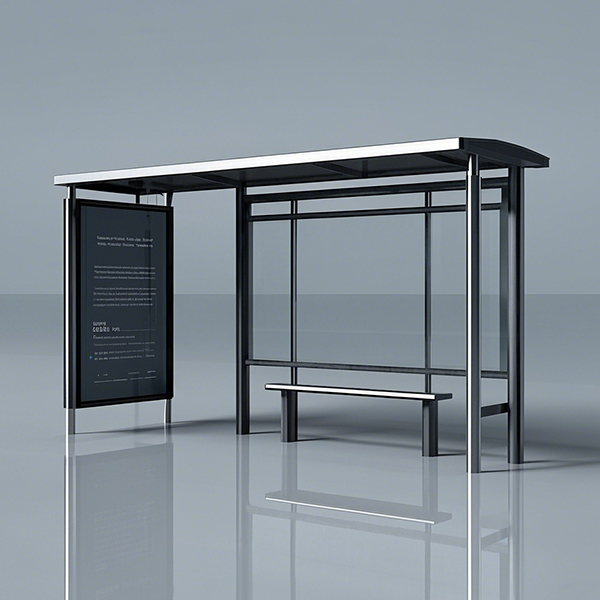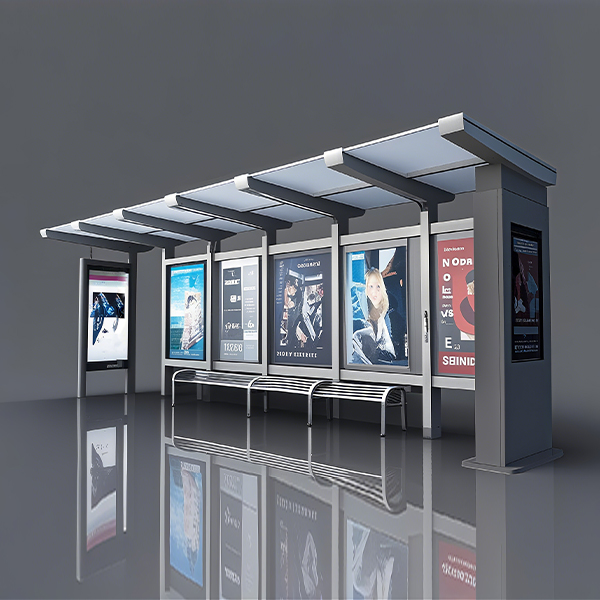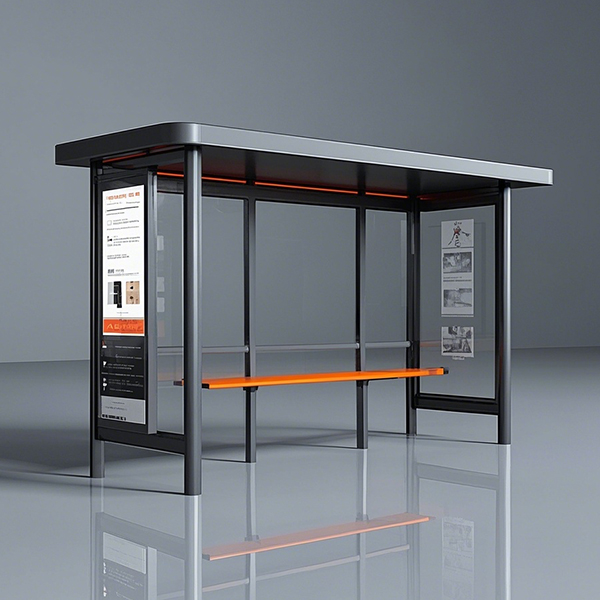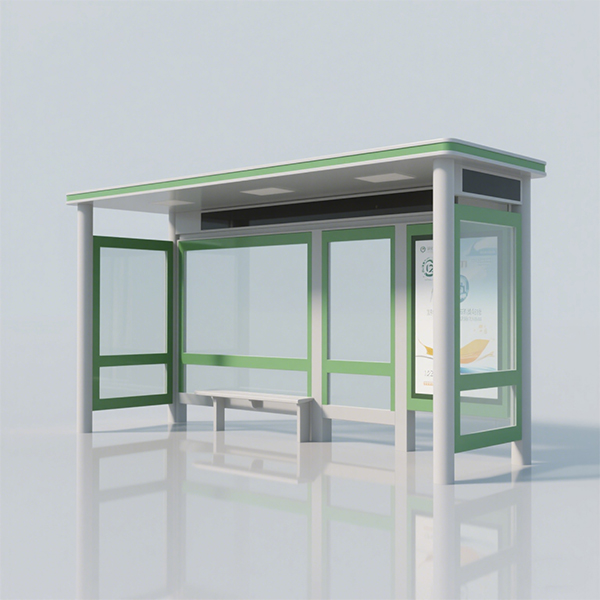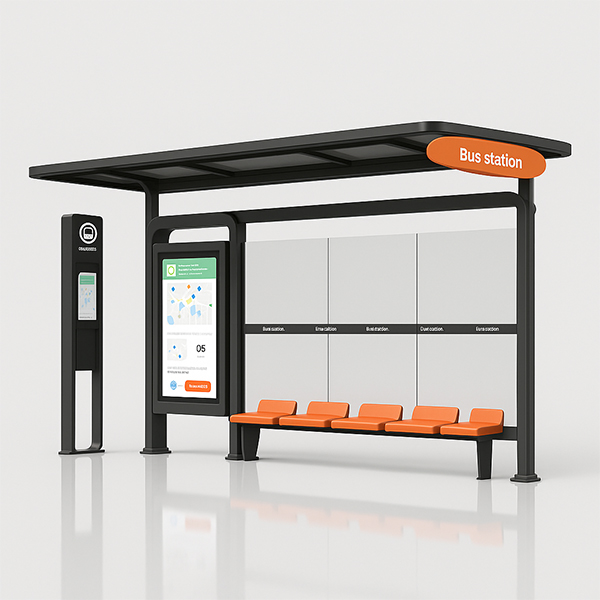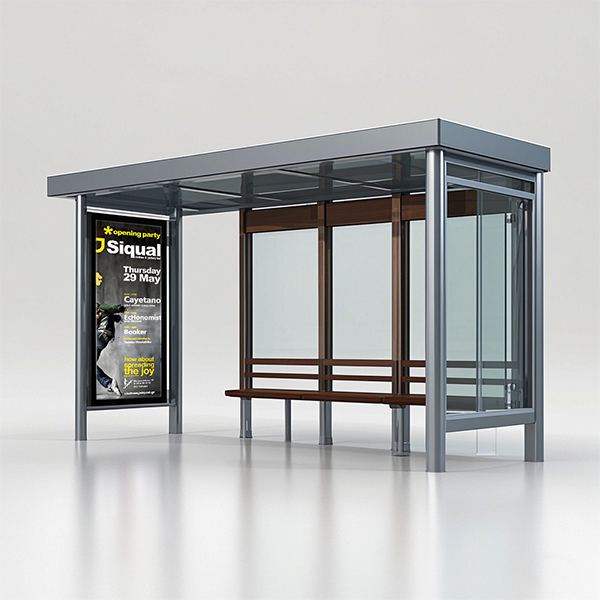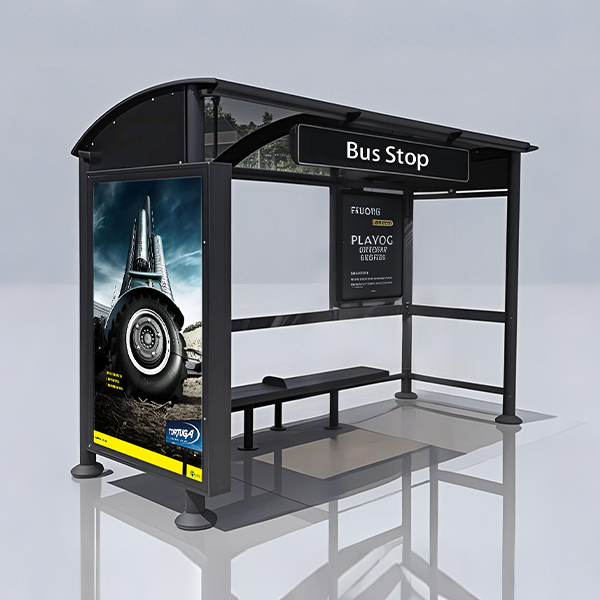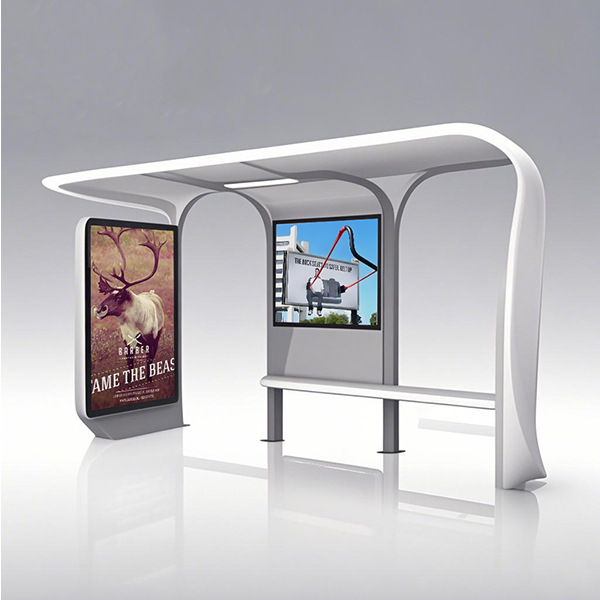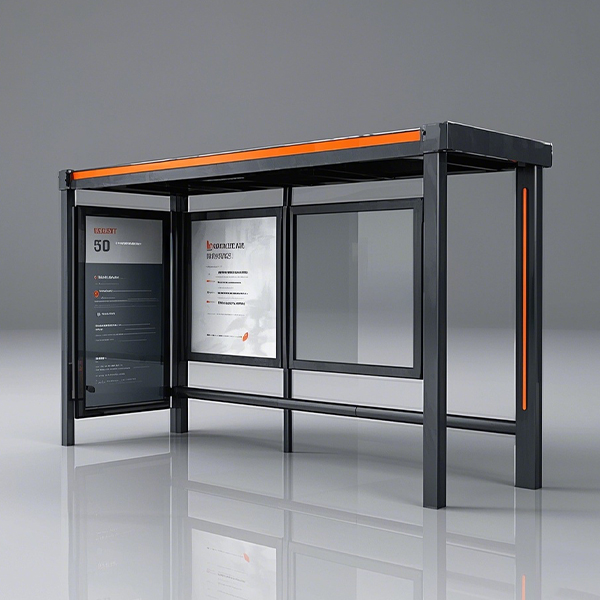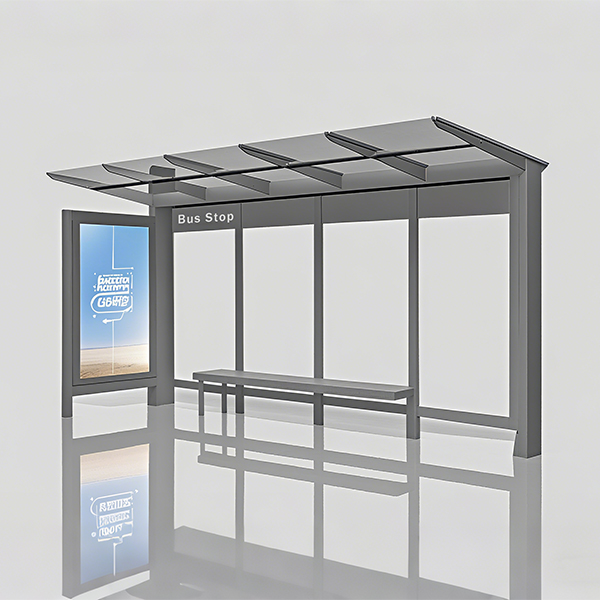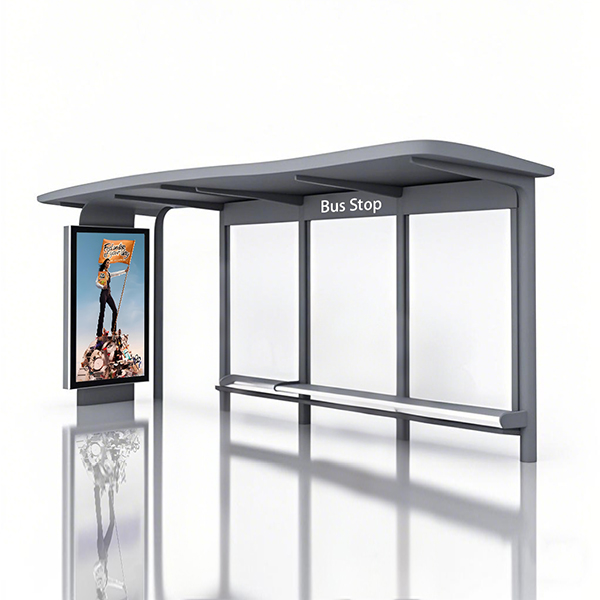
Bus Stop Design
This comprehensive guide explores the key aspects of bus stop design, covering everything from improving passenger comfort and safety to enhancing the overall urban landscape. We delve into practical considerations, innovative solutions, and best practices for creating functional and aesthetically pleasing bus stop shelters. Learn how thoughtful bus stop design can contribute to a more efficient and enjoyable public transportation system.
Understanding the Importance of Effective Bus Stop Design
Passenger Comfort and Safety
A well-designed bus stop prioritizes passenger comfort and safety. This includes providing adequate shelter from the elements, sufficient seating, and clear signage. Consider incorporating features like real-time arrival information displays, lighting for nighttime visibility, and security cameras to enhance passenger experience and security. Poorly designed bus stops can lead to discomfort, delays, and even safety risks. For example, inadequate shelter can leave passengers exposed to harsh weather conditions, while poorly lit bus stops can create security concerns, especially at night.
Aesthetics and Urban Integration
Bus stop design is not solely about functionality; it also plays a significant role in shaping the aesthetic appeal of a city. A well-integrated bus stop complements its surroundings, enhancing the overall urban landscape. The use of sustainable materials, attractive architecture, and landscaping can transform a simple bus stop into an attractive feature of the urban environment. Think of bus stops as small public spaces that can contribute positively to the community's visual appeal and sense of place. Consider how the bus stop's design interacts with the surrounding architecture, street furniture, and green spaces.
Accessibility and Inclusivity
Creating accessible and inclusive bus stops is crucial for ensuring that all members of the community can utilize public transportation easily. This means considering the needs of individuals with disabilities, including providing ramps, tactile paving, and adequate space for wheelchairs and mobility aids. Clear signage in multiple languages and appropriate lighting can further improve accessibility. Remember that inclusive bus stop design is not just about compliance with regulations but about fostering a sense of belonging for everyone.
Key Elements of Modern Bus Stop Design
Sustainable Materials and Construction
The use of sustainable and durable materials is becoming increasingly important in bus stop design. Materials such as recycled plastics, solar panels, and locally sourced timber can reduce the environmental impact and contribute to a greener urban environment. These materials often offer long-term cost savings, requiring less maintenance and having a longer lifespan. Moreover, selecting eco-friendly options enhances the sustainability profile of the overall project and aligns with broader environmental initiatives.
Smart Technology Integration
Integrating smart technologies into bus stops can significantly improve the passenger experience. This includes real-time information displays showing bus arrival times, interactive maps, Wi-Fi access, and even charging stations for mobile devices. These features not only enhance convenience but also improve the overall efficiency of the public transport system. Companies like Shandong Luyi Public Facilities Co., Ltd. specialize in providing innovative solutions in smart public infrastructure. Their commitment to technological advancements translates to better-equipped and more efficient bus stops.
Shelter Design and Amenities
The design of the shelter itself is crucial. Considerations include size, shape, and material. A well-designed shelter provides adequate protection from the elements while offering comfortable seating. Additional amenities such as lighting, heating, or cooling systems can further enhance passenger comfort, especially in extreme weather conditions. The shelter should also be well-ventilated to avoid stuffiness.
Case Studies of Innovative Bus Stop Design
Examining successful examples of bus stop design from around the world can provide valuable insights and inspiration. Researching specific case studies can illuminate best practices and innovative solutions that have been implemented successfully in different contexts.
Conclusion
Effective bus stop design is essential for creating a comfortable, safe, and aesthetically pleasing public transportation experience. By incorporating sustainable materials, smart technologies, and user-centric design principles, cities can transform their bus stops into welcoming and functional spaces that contribute to a more vibrant and efficient urban environment. Remember that a well-designed bus stop is an investment in the community and the future of public transportation.
Соответствующая продукция
Соответствующая продукция







